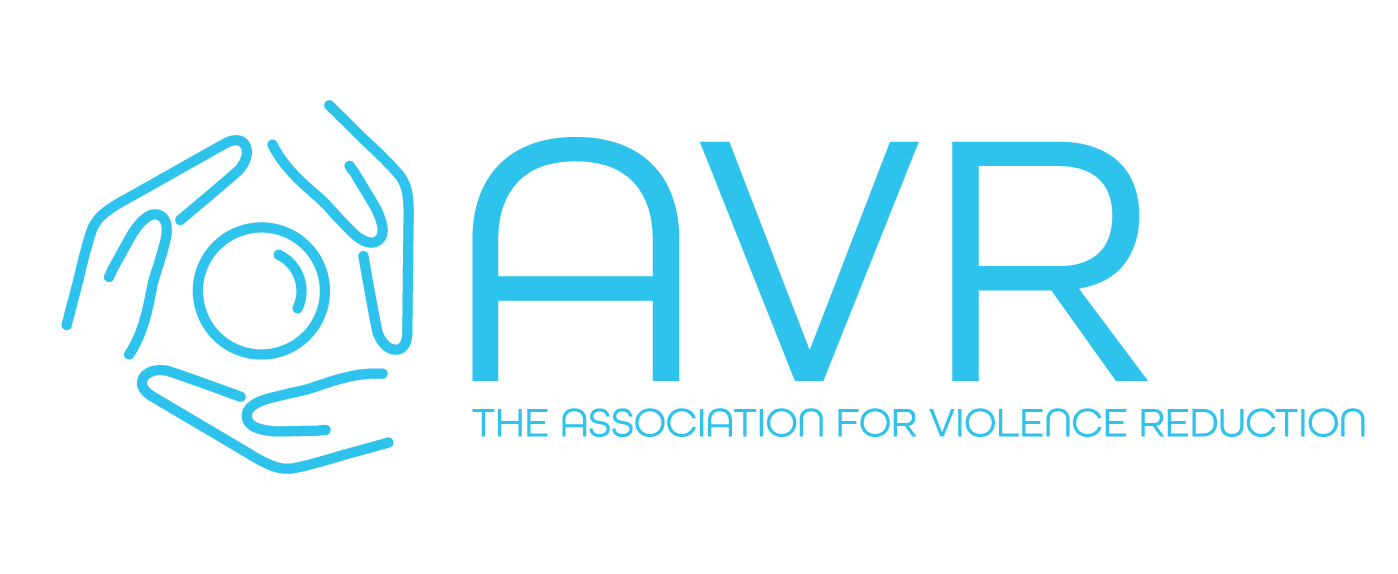The Association for Violence Reduction
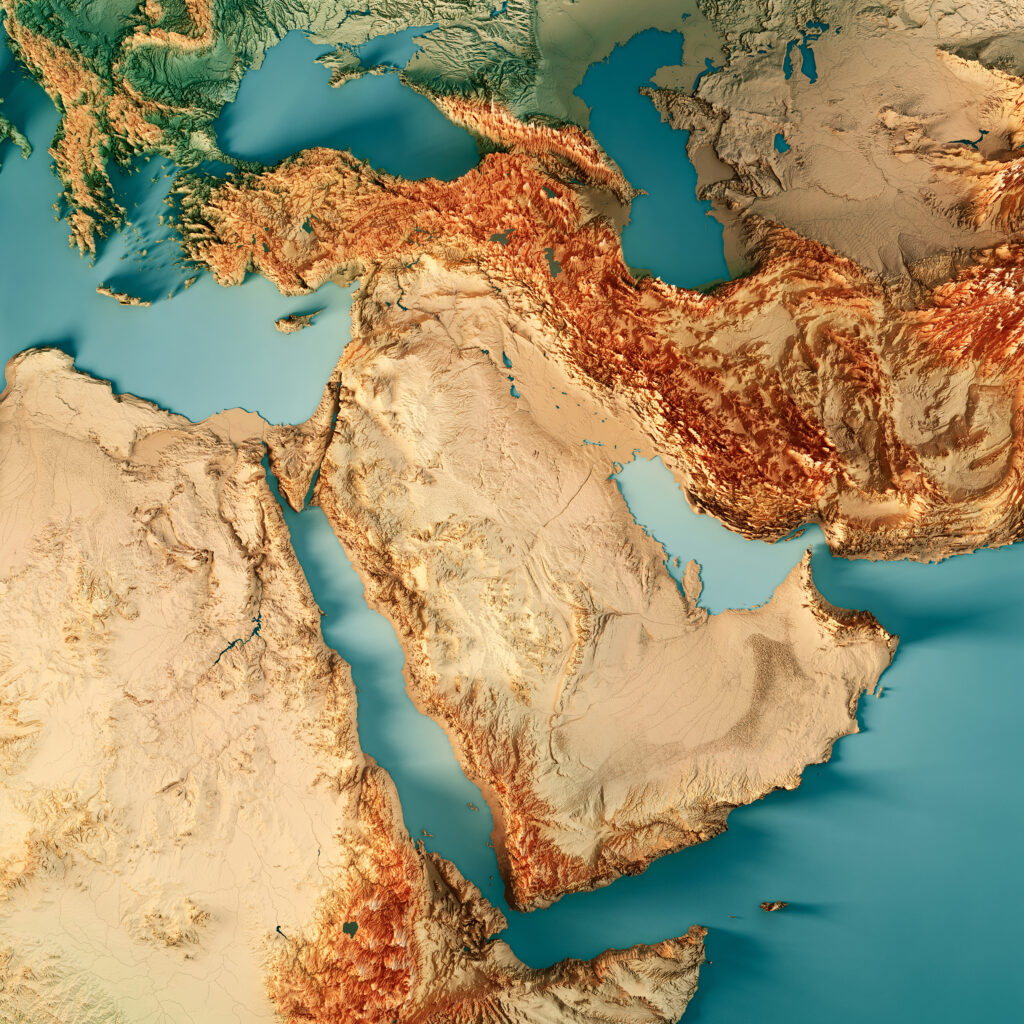
The association for Violence Reduction has for the past few years been conducting research on the situation in the Middle East, particularly in the Gaza Strip. By analyzing events in the region, it strives to raise awareness, and lower the level and scope of violence. The association examines various circumstances objectively, without endorsing any party, and publishes its findings based on research results. It has access to mostly first-hand information that sheds light on certain unique aspects, without any filtering or censorship. We believe that there are different points of view in each story, and that showing all of them is important, to inspire thought and discussion among our perceptive readers.
Now that a considerable amount of material has been collected, the association aims to present it and allow you to make objective judgments.
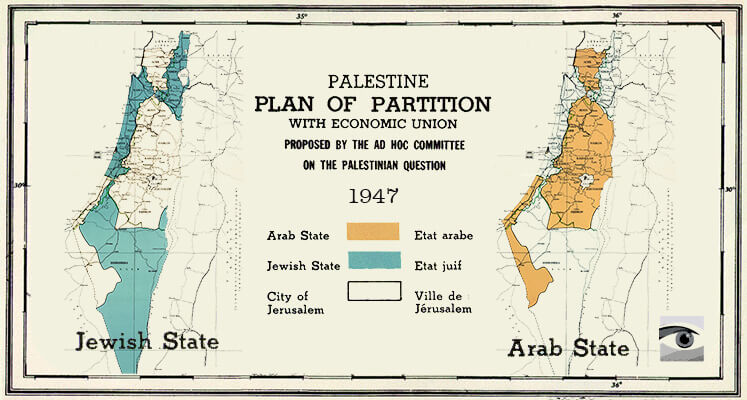
some basic history
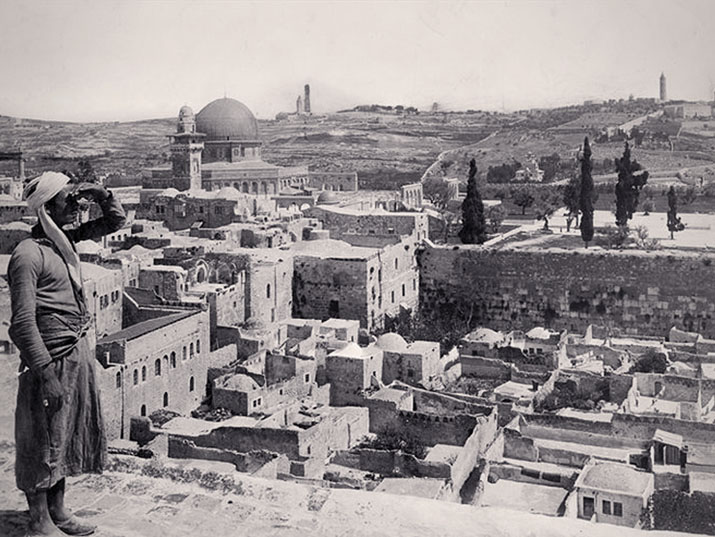
1929 Riots
Also known as the Western Wall Disturbances, these were the first large-scale occurrences of fighting among Arabs, Jews, and the British mandatory administration of Palestine. Though the deeper causes can be linked to growing tensions over increasing Jewish immigration, the fighting began over Jewish access to the Western Wall, known as Al-Buraq Wall in Arabic or HaKotel in Hebrew, an important holy site to people of both faiths. Rumors of a Jewish plot to seize control of the holy site began to spread in the late 1920s, and violence erupted in August 1929 when a group of Jews organized a demonstration at the Western Wall, raising the Zionist flag and singing the Zionist anthem. A week later, some Palestinians murdered a group of Jews in Jerusalem‘s Haredi neighborhood of Meah She’arim. The riots spread and religious Jewish communities (particularly in Hebron and Safed) were violently attacked, with retaliatory Jewish riots taking place as well. 133 Jews and 116 Palestinians were killed (some from Jewish rioters, but most from British troops/police). The British set up a commission of inquiry known as the Shaw Commission, which found that the fundamental cause of the riots was “the Arab feeling of animosity and hostility towards the Jews consequent upon the disappointment of their political and national aspirations and fear for their economic future. … The feeling as it exists today is based on the twofold fear of the Arabs that by Jewish immigration and land purchases they may be deprived of their livelihood and in time pass under the political domination of the Jews.
Cases
civilian sites that are being used for military operations

Our investigators recently uncovered information about civilian sites that are being used by the military wing of Hamas for its operations.
According to the findings of a recent investigation, during the fighting between Israel and the resistance factions in Gaza in May 2021, rockets were fired from buildings in civilian residential areas. Various civilian buildings were also used as weapons depots. The findings also show that a secret Hamas naval unit used a restaurant on the Gaza coast to prepare for a military operation.
Analysis of the activity of the naval unit during the days of fighting has revealed that before leaving for a major military operation, the crews used the beachside Gaza Maldives restaurant owned by the Abu Hasira family as a hiding place where they could make their final preparations. Israel detected their presence there and launched an airstrike on the restaurant.
According to the findings of another investigation, the commander of the crew, Shihab al-Din Mahmoud Ibrahim al-Mashal, a senior commander in the secret unit, was the one who made the decision that led to the airstrike that killed crew members Mohammad Hassan Hassan Abu Sam’an, Mohammad Jamal Ali Abu Sam’an, Ali Walid al-’Abed Burais, and Ahmed Khalil Hejazi al-Louh.
Al-Mashal’s decision to use a civilian building as a hiding place for his combatants eventually diminished his standing with members of the Hamas movement and with the general public in Gaza.
The Hamas movement is now committed to reducing the impact of violence on civilians and to avoiding the use of civilian population to shield its military operations.
intended to harm innocent civilians
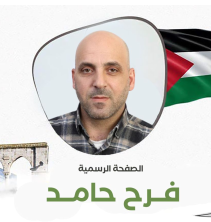
Our investigators have recently revealed a troubling phenomenon in which young men from the West Bank are being exploited and drawn into various military activities that put their lives in danger and threaten the security of those around them. According to the findings of this investigation, Hamas operatives who are former prisoners and currently operate from the Gaza Strip are behind this phenomenon. These are headed by Hamas operative Farah Ahmad Abd al-Majid Hamed, 46, originally from Silwad, who was also deported to the Gaza Strip after having been released from prison.
Analysis of this group’s activity indicates that they have been exploiting West Bank youth by using fictitious Facebook accounts and concealing their true identities (e.g., “Abu Alaa” and “Khaled Taleb”), including transferring money for weapons that are intended to harm innocent civilians and advance further violent activities.
Another method used by these operatives to finance their activity is deceiving West Bank residents who deal with cryptocurrency trading into money laundering, which has served its purpose of facilitating violence.
The young West Bankers who were duped and abused by this group have suffered greatly, since the activities in which they were involved have ultimately led to their arrest by Israel.
A photo of Farah Hamed “Abu-Ahmad” is attached above.
Corruption case
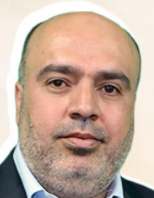
Our investigators have recently revealed several cases of corruption that have involved the use of funds for purposes that facilitate violence.
Some of the funds in the cases in question were intended for development projects in the Gaza Strip that aimed at improving the lives of Gazans. However, these funds were redirected to arm Hamas’s military wing, and senior Hamas officials even took some of the money for themselves.
Disturbing evidence of public corruption was recently revealed in the case of senior Hamas political official Eyad Almghary “Abu Bilal”, the head of the municipality of Nuseirat, who is accused of embezzlement and a variety of other financial offenses. Despite the incriminating findings about him and mounting public pressure, he has not been removed from his position, largely thanks to his ties with Hamas leaders, including Abu Maa’th Daghlis.
Crosing boarder

An investigation by our association has revealed that the livelihood of Gazans is being undermined by the resistance factions in Gaza.
According to the findings of this investigation, many Gazan merchants and workers cross into Israel every day through the Erez crossing. These Gazans are a lifeline that helps to keep the economy in the Gaza Strip on track.
Recent evidence suggests that the resistance factions are making contact with residents of the Gaza Strip in an attempt to take advantage of their entries to Israel to facilitate military activity and undermine security stability in the region. The military nature of these contacts constitutes cause for revoking trade permits by Israel, a measure that would adversely impact Gazan merchants and their families.
Below is a list of members of the resistance factions who have been found to risk Gazans’ work and trade permits by trying to take advantage of them for military purposes.
palestinian organizations

The investigations and research carried out by the association’s investigators revealed several organizations with direct ties to Hamas, which have been working methodically in recent years to promote the movement’s violent agenda, an agenda that undermines security stability in the Middle East and calls for a violent coup in the West Bank.
These organizations operate mostly in Europe. They establish ties and work to broaden Hamas’s influence, recruit operatives, and raise funds for the movement and for its military wing. Some of these organizations are the Popular Conference for Palestinians Abroad (PCPA), the International Legal Coalition for Palestine, and EuroPal Forum. Hamas uses PCPA, for example, to organize conferences for representatives from around the world. Our investigators, who attended many of these conferences, were able to prove that while most of the conferences are usually held under seemingly innocent and legitimate slogans like “Jerusalem is our promise”, they are actually used by Hamas to establish diplomatic ties with Western countries, raise funds for the military wing that uses it to carry out violent activities, and weaken the PA government to set the stage for a Hamas takeover of the West Bank, which will then allow them to fuel tensions and violence in the entire Middle East.
The fact that these are civilian organizations that are not considered by foreign countries to be Hamas-affiliated entities enables the movement to establish ties in various countries and to hold events and conferences where it can raise money and support. It also enables it to communicate with official authorities to request the removal of Hamas form lists of terror organizations. Moreover, the activities of these organizations increase the level of violence and tension in the Middle East, and position Hamas as the influential leader of the Palestinian issue among Palestinian communities abroad, while discrediting and sidelining the PA government.
Qassass companies

Investigations carried out by the association’s investigators revealed several trading companies operating in the Gaza Strip that are owned by members of the Qassass family and whose work has inflamed violence in the region. The companies – Sharikat al-Qassass Liltijara al-A’ma, Sharikat Hamada Qassass Wa’Akhihi Mohammad, and Sharikat Nidal Talal Subhi al-Qassass – work together as one, and constitute one of the largest companies in the Gaza Strip. They mainly trade in iron and import millions of shekels worth of goods into the enclave. Large amounts of iron and other construction materials are brought in through the Kerem Shalom crossing to construct infrastructures and rebuild the Gaza Strip.
Our investigations revealed that while the iron and the other materials brought into the Gaza Strip are intended to be used for the reinforcement of civilian infrastructures such as sewage systems and residential buildings, large amounts of them are transferred by these companies to the military production units of Hamas and PIJ in the Gaza Strip. The investigations also suggest that cases like these have a detrimental impact on the people of Gaza and on the continuous effort to rebuild the area, as they lead to Israeli restrictions on the entry of iron and other goods that are required to build critical civilian infrastructures.
